
Council Pays Cost of Scrapping Abandoned Fishing Trawler at Ballyhalbert
15th November 2019 Northern Ireland Waters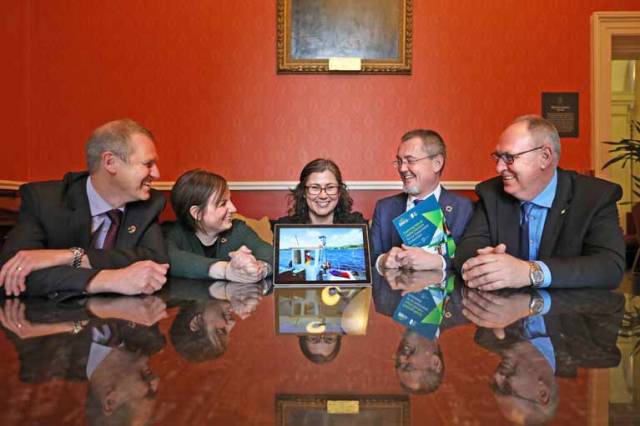


Government Approves Agriculture, Forest & Seafood Climate Change Sectoral Adaptation Plan
1st November 2019 Fishing
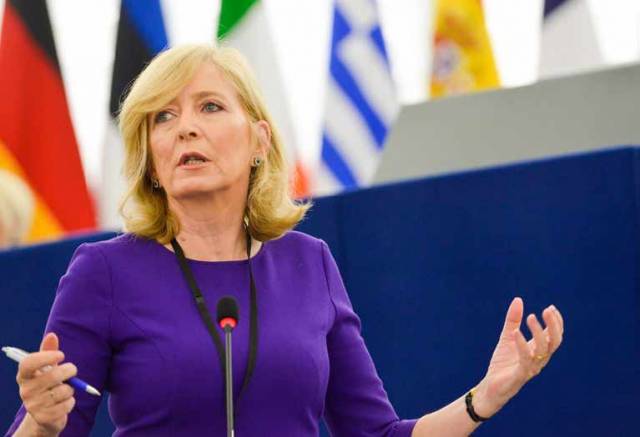
EU Ombudsman Emily O'Reilly Calls on EU Fisheries Council to be More Transparent with Quota Documentation
30th October 2019 Fishing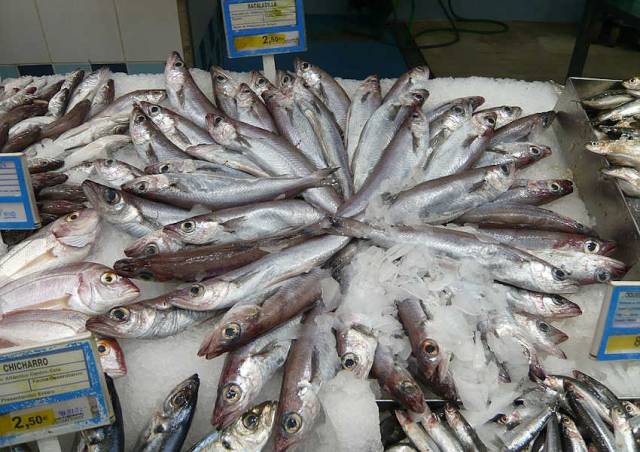
Marine Minister Welcomes Agreement That Brings ‘Stability’ For Ireland’s Blue Whiting Fishers
29th October 2019 Fishing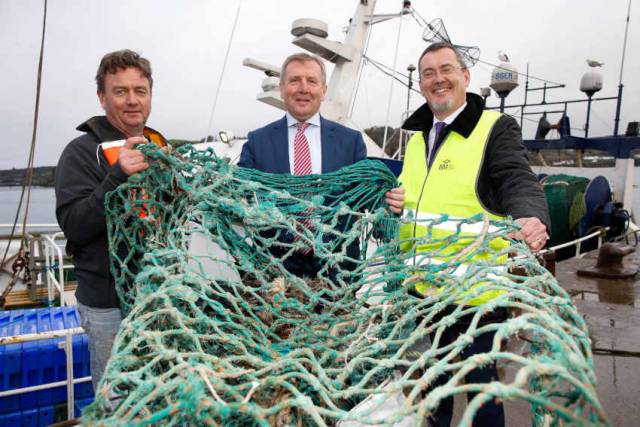
Marine Minister Thanks Trawler Owners For Playing Their Part In Ireland’s Clean Oceans Initiative
28th October 2019 Fishing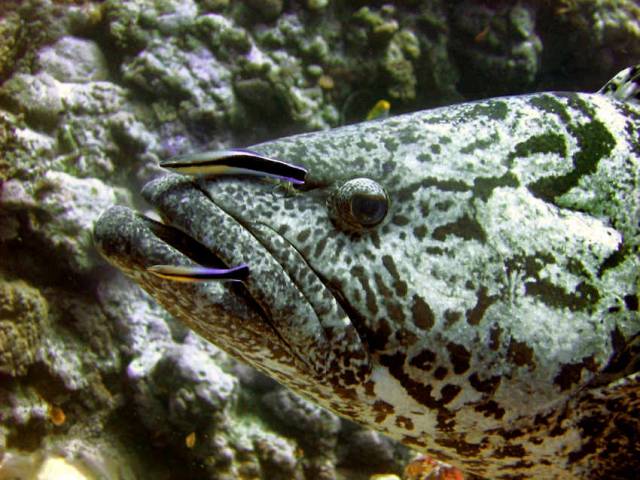




Significant Increase in Irish Mackerel Quota: 41% increase in Most Important Fishery for 2020
17th October 2019 Fishing
Marine Minister Calls For Swift Action To Support Fishermen In Event Of Hard Brexit
15th October 2019 Fishing
Donegal Boatyard Makes Splash with Launch of Largest Vessel in Killybegs Since 1980
11th October 2019 Fishing





























































